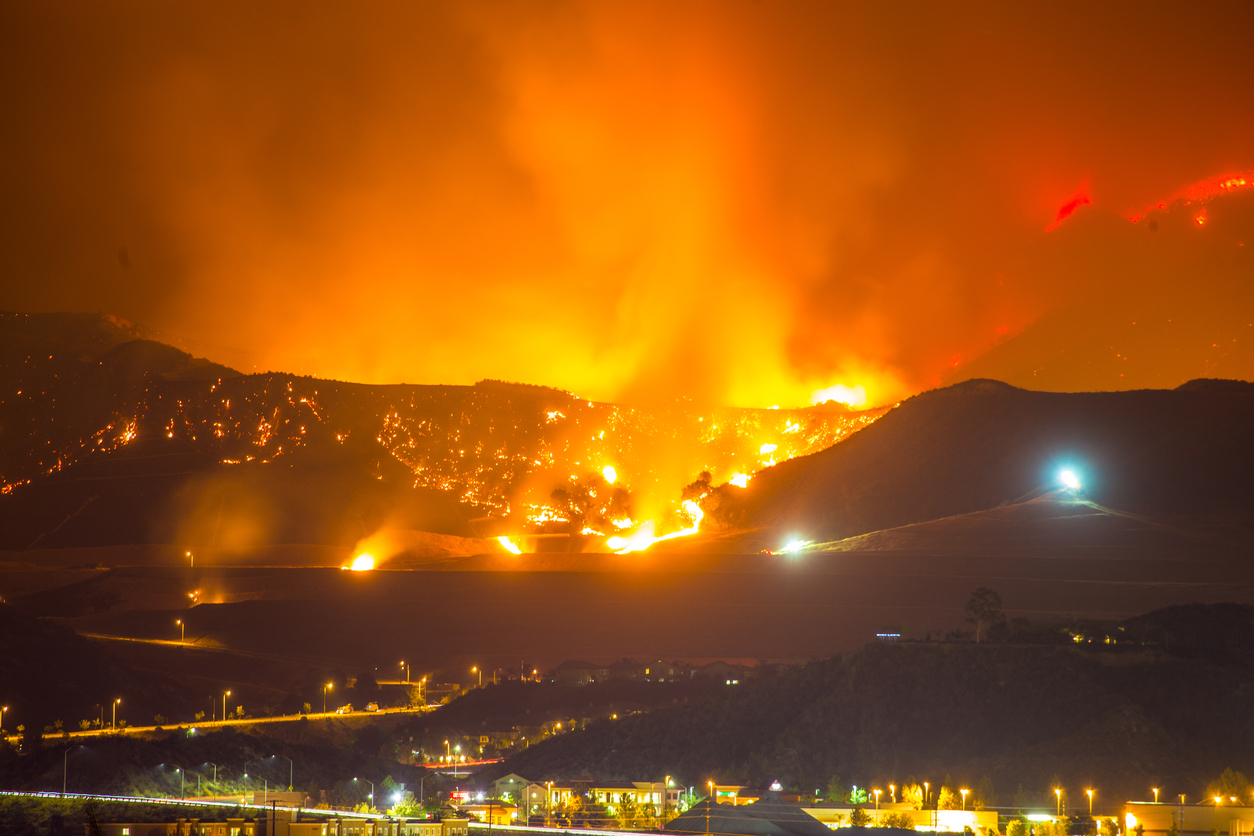Homeowners in fire-prone regions have complained in the past year about being dropped from their home-insurance policies and forced to buy coverage from surplus carriers or from the state insurer of last resort, the California FAIR Plan. Surplus insurers specialize in unusual risks and can charge much higher premiums.
In California ZIP Codes hit by wildfires in 2015 and 2017, insurers chose not to renew 8,751 home insurance policies in 2018, a 9.6% increase from the prior year, according to the California Department of Insurance. In those same areas, the number of policies provided by the California FAIR Plan rose 1.7%.
In comparison, overall insurer-initiated non-renewals rose 3.4% last year for the state, and FAIR Plan policies declined.
“I have heard from many local communities about how not being able to obtain insurance can create a domino effect for the local economy, affecting home sales and property taxes,” said Insurance Commissioner Ricardo Lara in a statement. “Without action to reduce the risk from extreme wildfires and preserve the insurance market, we could see communities unraveling.”
California wildfires in 2017 and 2018 killed dozens of people and caused more than $24 billion in insured losses.
Insurers chose not to renew 167,570 California home-insurance policies in 2018, the state data shows. Of those, slightly more than half occurred in less-populous rural areas where fire risk is higher, the state said.
Insurance availability could worsen, the regulator said, because consumers in ZIP Codes affected by the fires in 2018 are at risk of non-renewals later this year or in 2020. State law requires insurers to give 45 days’ notice before non-renewing a policy.
After facing severe wildfire losses in recent years, traditional insurers like Allstate Corp. and State Farm filed with state regulators for permission to raise home-insurance rates. But state regulations limit how quickly insurers can increase rates and what factors they can take into account.
In addition to raising rates, home insurers in California are trying to buy more coverage from reinsurers, which sell insurance to insurers. But reinsurance has become pricier, and the coverage is more limited, Moody’s Investors Service said in a recent report. California insurers aren’t allowed to consider reinsurance costs when they request rate increases.
Insurers are also getting stricter about requiring homeowners to reduce their wildfire risk by clearing trees and brush around their homes.
These actions “involve changing the way their community looks and that’s hard for people to grasp, especially when they moved to a place because of the way that it felt and looked,” said Michael Wara, head of the climate and energy-policy program at Stanford University’s Woods Institute and a member of the state’s Commission on Catastrophic Wildfire Cost and Recovery. “But I think that change is really preferable to having communities devastated, either by unaffordable insurance or fire.”
Home insurance has traditionally cost less in California than in disaster-prone states on the Gulf Coast. Home-insurance premiums averaged $1,000 a year in California in 2016, the 32nd-most expensive state, according to the Insurance Information Institute. The most expensive state was Louisiana, where premiums averaged $1,967 a year.
While wildfires have always occurred in California, wildfire-prone areas have become more populous in recent years. Some scientists, insurance executives and regulators have said the wildfire risk is rising due to climate change.
If traditional insurers decline to sell insurance for a certain home, homeowners can buy from surplus insurers such as Lloyd’s of London. Surplus policies tend to be more expensive, and they don’t need state approval for the prices they charge. Most surplus lines policies are for commercial insurance, not personal insurance.
Surplus insurers sold about 39,000 homeowner policies representing $111 million in premium in the first half of 2019, according to the Surplus Line Association of California. That is on track to exceed the total sold last year and up from 30,500 policies and $77.6 million in premium in 2014.
Homeowners can also buy insurance from the FAIR Plan, but it doesn’t provide the same broad coverage as traditional home insurance. For residential properties, the FAIR Plan has a total coverage limit of $1.5 million. Many FAIR Plan customers buy extra coverage from another company for perils such as theft and liability.
This year’s wildfire season has been quiet so far in California, but officials said fires are usually the worst in the autumn.













